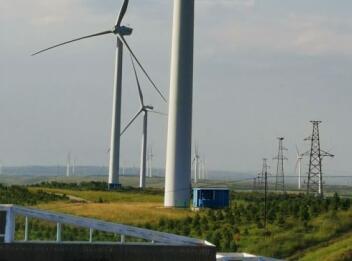TV Signal Reception and Decoding Technology
Delivering High Quality Video and Audio to Screens
Modern televisions leverage complex antenna designs, tuners, and video processing solutions to receive and decode source signals into pristine 4K viewing experiences.
Television antennas amplify and isolate broadcast signals from VHF, UHF, and HDTV stations. Multi-directional and outdoor antennas improve range and reception.
Advanced tuners isolate target channels from airwaves and amplify weak signals. Digital tuners convert analog to digital, enabling high definition viewing. Cable and satellite boxes use tuners.
ATSC 3.0 next-gen TV standard upgrades fundamentals of over-the-air signal transmission for 4K UHD, HDR, and immersive audio. Backward compatibility maintains support for legacy NTSC broadcasts.
Video processing engines upscale HD and standard definition content to higher resolutions. They convert HDR and standard dynamic range, framerates, color gamuts, and implement noise reduction.
Decoders unpack compressed video formats like H.264, HEVC, and AV1. They render frames, process colors, render animations, overlay menus, and output video to panels.
Audio processing decompresses surround sound like Dolby Atmos into multi-channel outputs. Volume leveling maintains consistent loudness across programming.
Cutting-edge reception, tuning, and decoding solutions allow televisions to unpack broadcast, streaming, and external source signals for brilliant high-fidelity viewing experiences.
